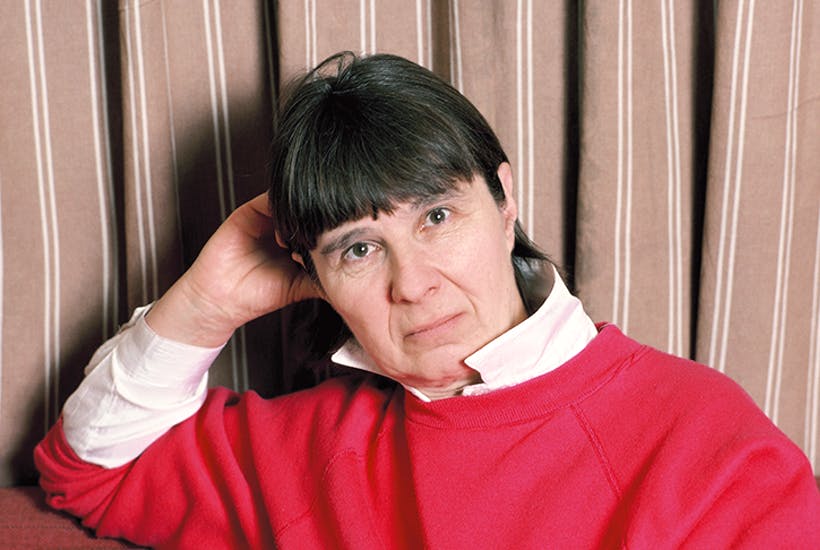Of course I began with pen and ink and paper, and paper was expensive in terms of pocket money, so I asked for W.H. Smith tokens for Christmas. Then a neighbour brought up a stash of assorted old office notebooks from hiding somewhere, so the first novel was written in ‘Ledger’ and ‘Salaries’.
I wrote by hand, on A4 ruled with feint and margin, for the next 20 years, making notes in whatever was to hand, often those red shiny Silvine ones from Woolworths. Those notebooks and MSs are now safely housed in handsome red boxes in Eton College library.
When the books were finished I typed them up on my father’s old Remington. I could never write directly on to it; too much clatter, too much metal coming between me and the words.
And so it continued until my first laptop, which changed everything. Laptops — close to you, quiet, instinctive, smooth to use. I can think on to a laptop. But I still make notes in notebooks, and write by hand if I need to hear what I am writing, think slowly and carefully. Keyboards run away with you.
I shock creative writing students, their tutors even more, when I say I only ever write one draft. But it’s true. It just comes out of my head through my ears on to the page. I finish, correct and tidy up, and that’s it. If I get stuck, or reach the end knowing this one just doesn’t work, I throw it away. There’s always another idea or three waiting in the wings, or the notebook.
I think for a long time — books stew for months — make a few notes, then go. No creative writing course would accept me, but I am too old to change my ways and in any case, if it ain’t broke, don’t fix it.
Susan Hill’s Jacob’s Room Is Full Of Books is out in October.
To read other authors share the ways in which they go about their work, click here to read the full article from this week’s Spectator







Comments